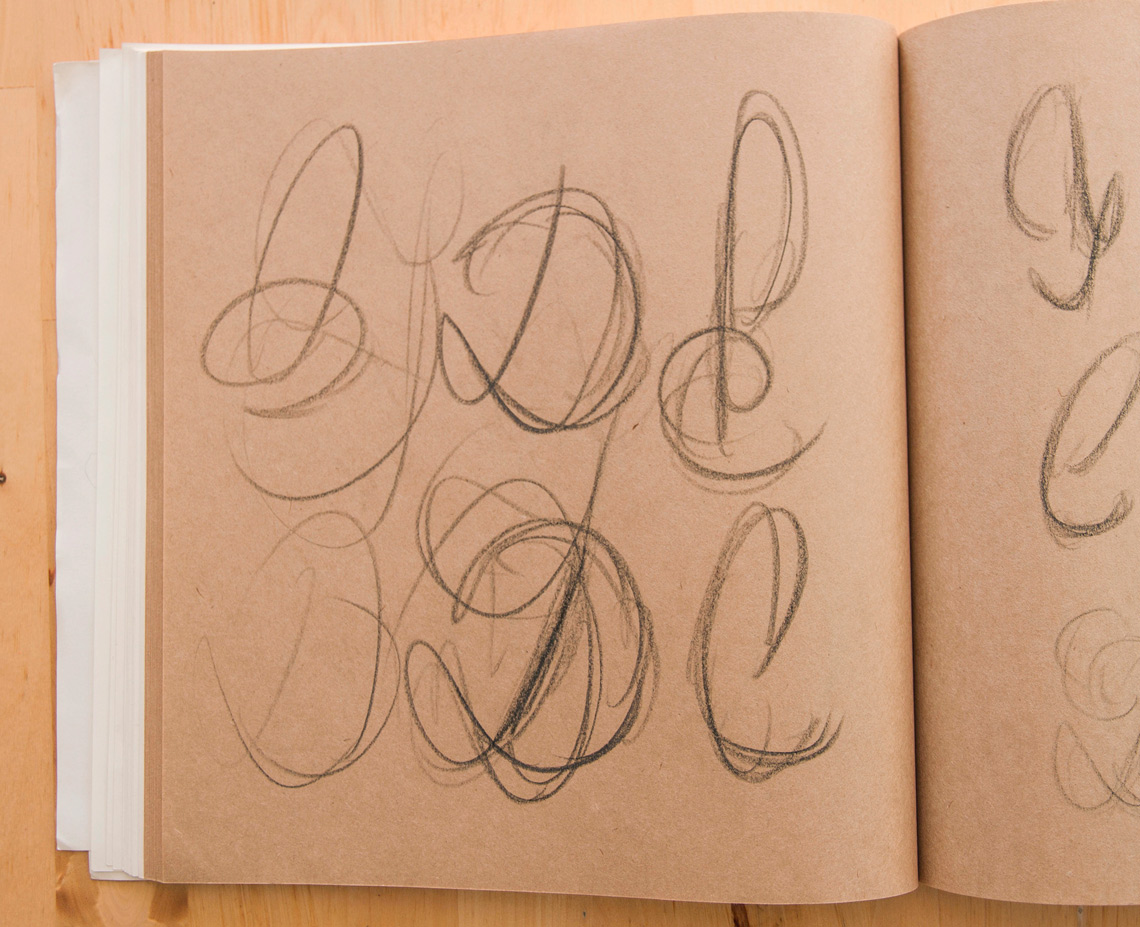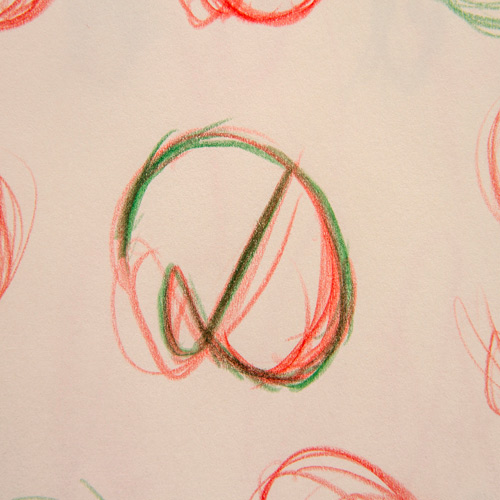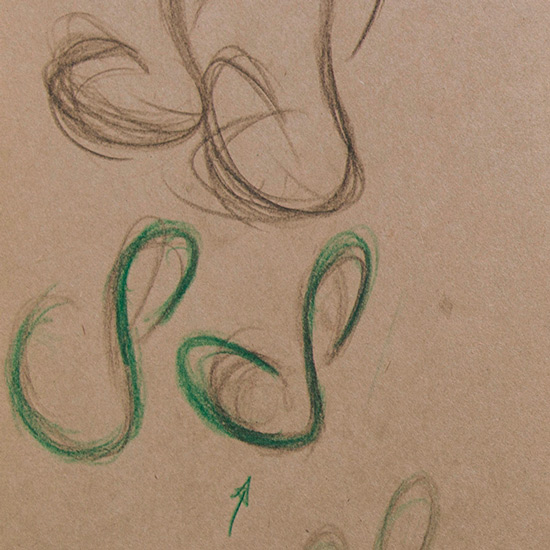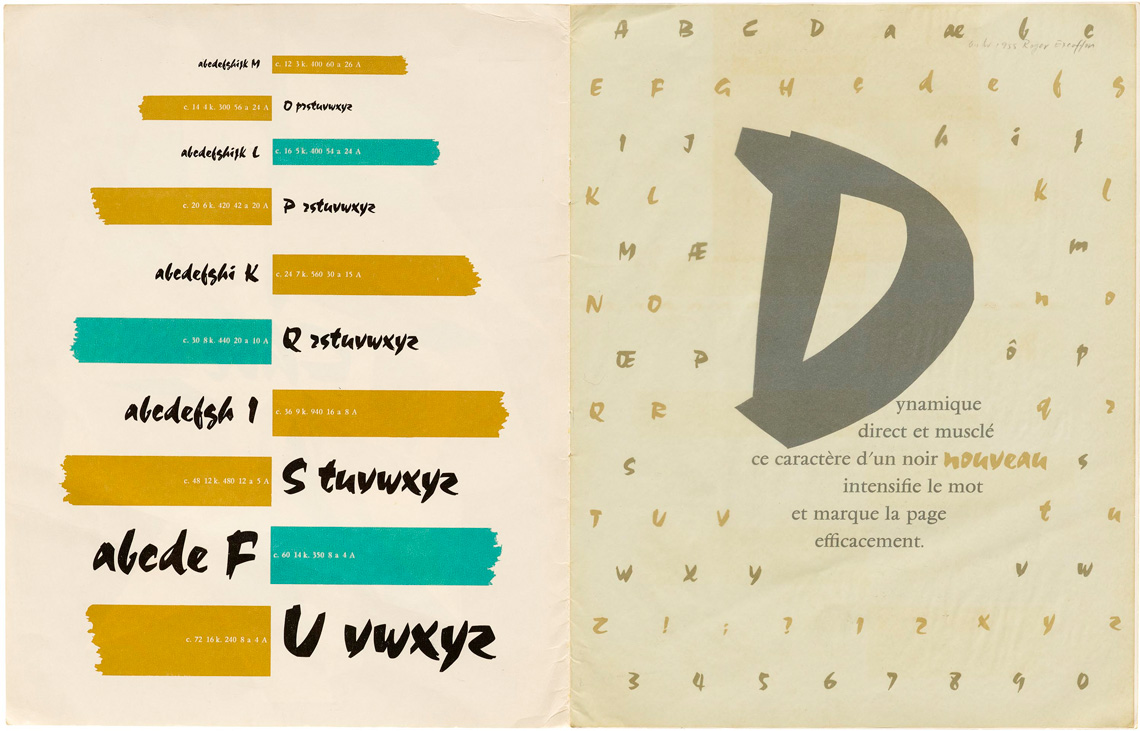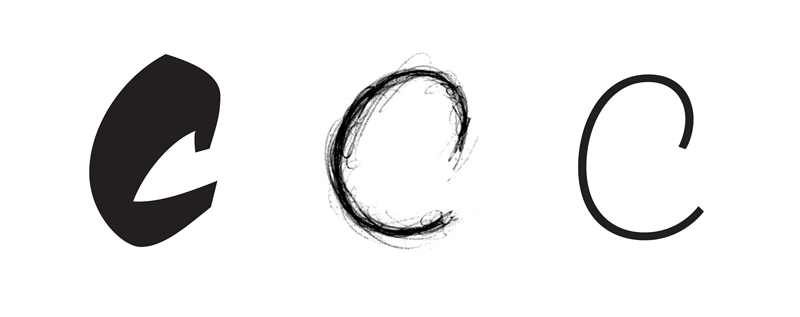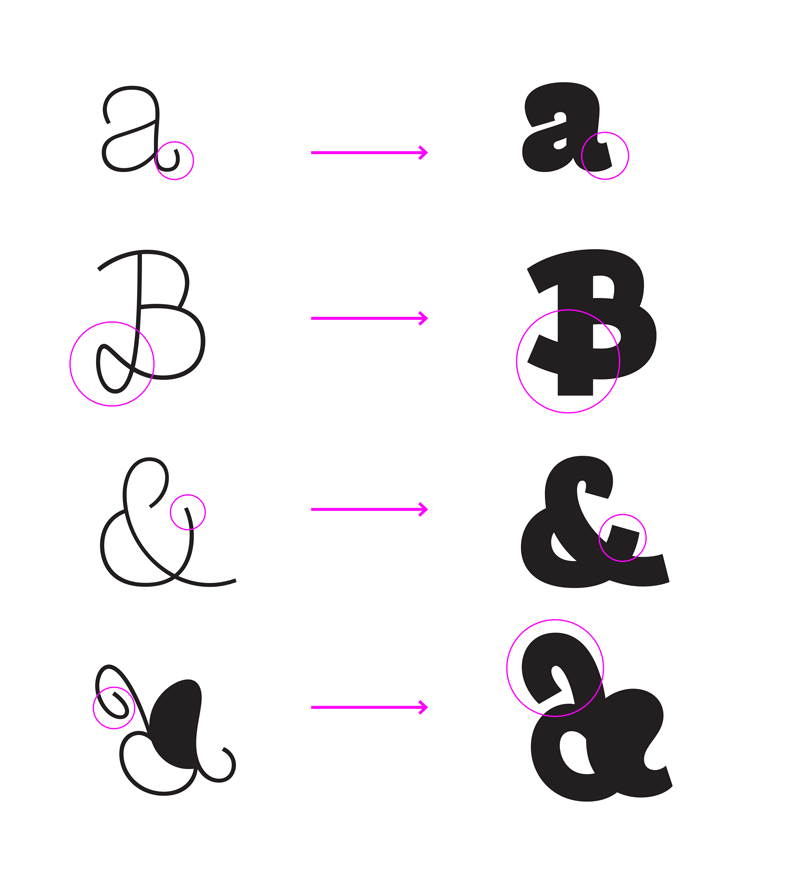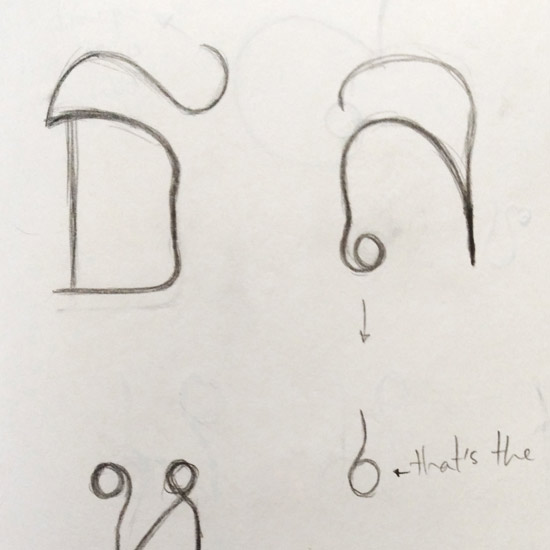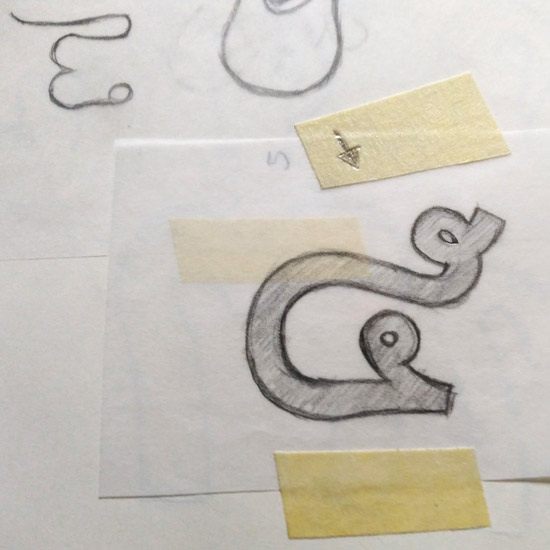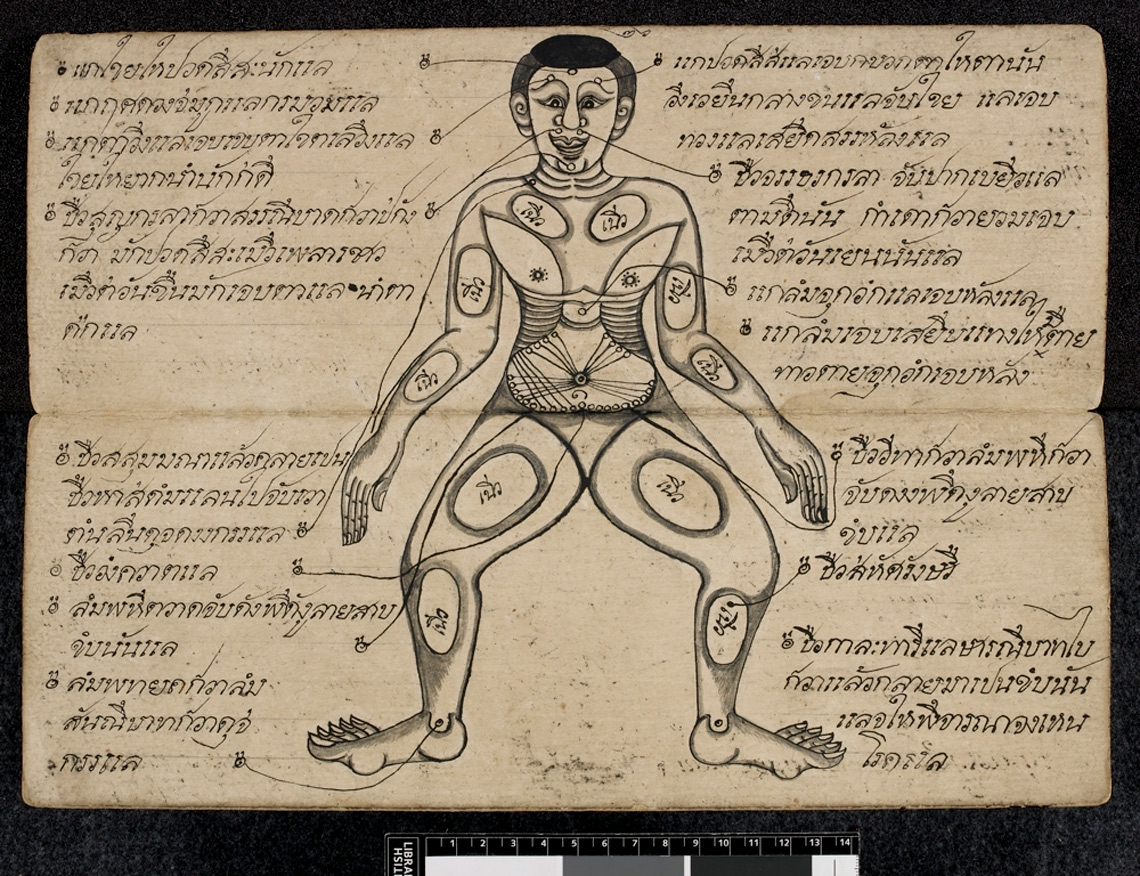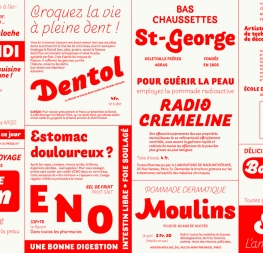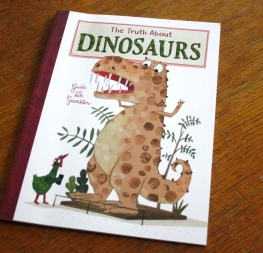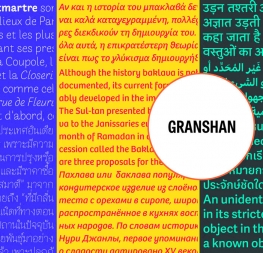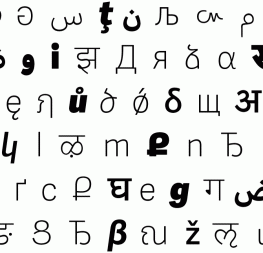A sans like no other: designing Arlette
March 2021
One of the most unique and invigorating multiscript typefaces in our catalogue is Arlette by Pilar Cano and Ferran Milan. It comes in Latin and Thai and is a category-expanding sans serif font that’s part experiment and part modern update. In this article Pilar gives a look at its inspiration and design process, from sketch to finished work.

